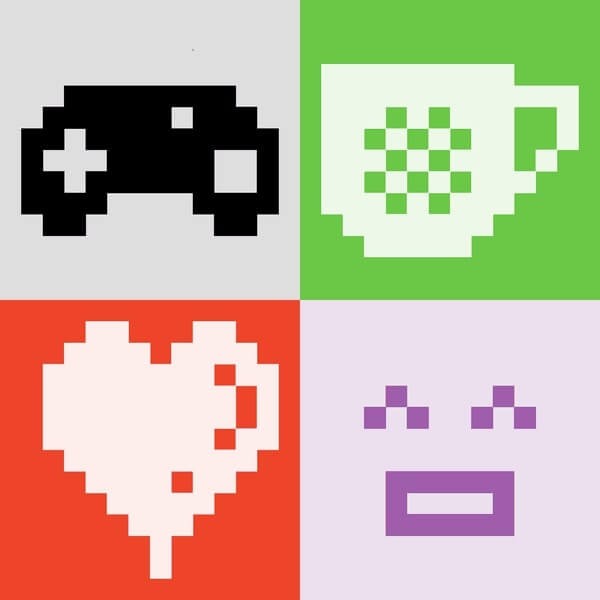Stefan Hanspach
Medium: Digital images
In 1998 Japanese designer Shigetaka Kurita started to develop the world’s first Emoji set for mobile phones and pagers. The set included 176 Emoji, crested with just six colours, was finally released in 1999 by Japanese telecommunication company NTT DOCOMO.
Designed on a simple 12 x 12 pixel grid, the emoji – a combination of the Japanese words “e”, meaning “picture” and “moji”, meaning “character” – enhanced the visual interface for mobile devices and facilitated the practice of text messaging and mobile email.
In 2016, the original emoji set was added to the collection at New York’s Museum of Modern Art (MoMA), sanctifying its place in design history.
“Filling in for body language, emoticons, kaomoji and emoji reassert the human in the deeply impersonal, abstract space of electronic communication.” [1]
More than 3,600 emoji have now advanced far beyond Kurita’s original 176 designs, but the DNA for today’s emoji is clearly present in Kurita’s pixelated, pivotal designs.
To commemorate the nearly 25 years history of emoji, the original set was re-created here in form of digital images using the original 144 pixels and colours.
[1] Paul Galloway, Design Collection Specialist for MoMA

